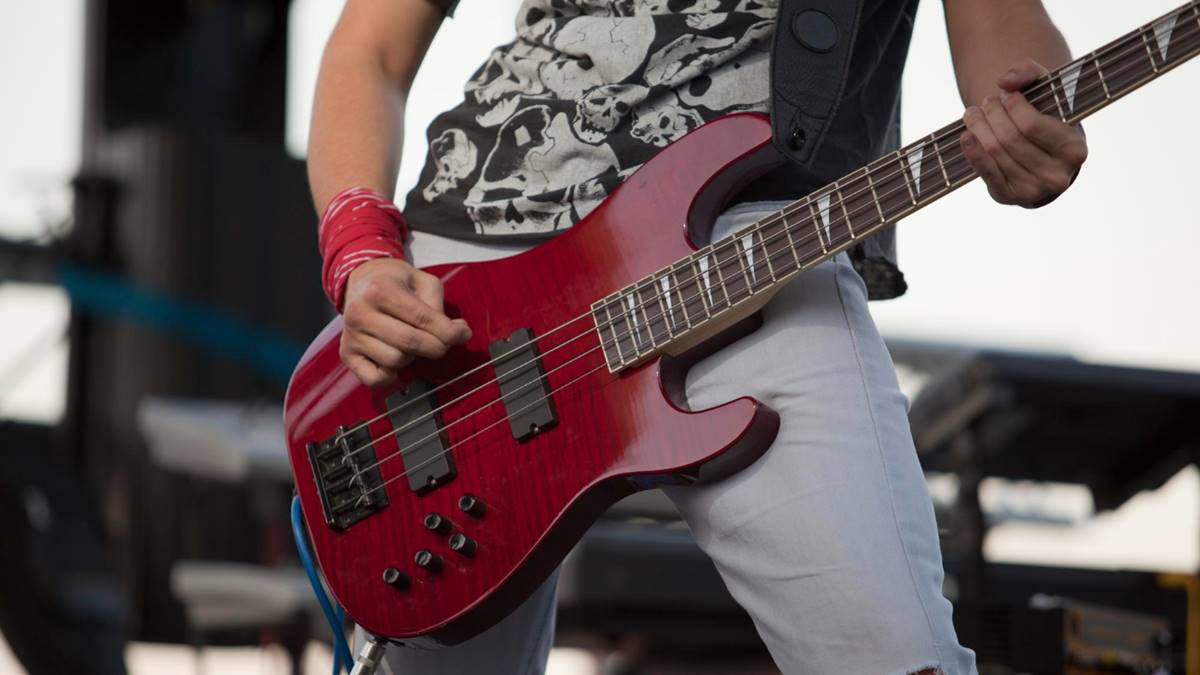There was a time when band T-shirts were just souvenirs—something you picked up at a concert, wore a few times, and eventually left folded at the bottom of a drawer. Fast-forward to 2025, and those same T-shirts are now a statement, a business model, and in many cases, a digital asset. For bands navigating the modern music landscape, merchandise—especially apparel—is no longer just an add-on. It’s a cornerstone of brand identity and a powerful revenue stream.
Fashion meets fandom
In today’s hyper-connected world, fans don’t just want to hear your music—they want to wear it, share it, and live it. Band T-shirts have become cultural currency, worn not only at gigs but in streetwear scenes, social media feeds, and even virtual worlds. Fashion and music have never been more intertwined. Collaborations between bands and established fashion designers are becoming more common, creating limited-edition pieces that blur the line between merch and high fashion.
Design plays a central role in this evolution. It’s no longer enough to slap a logo on a cotton tee and hope for the best. Successful bands in 2025 are crafting visually stunning designs that reflect their artistic vision, often pulling in influences from visual arts, pop culture, and even fan contributions. Style matters as much as the music itself.
Technology transforms production
Printing technology has taken a giant leap forward. On-demand printing services have grown more sophisticated, enabling artists to produce small batches with high quality and low overhead. This means no more overstock and fewer environmental concerns. Customization is also at an all-time high—fans can now choose colors, fits, or even remix a design themselves before checkout. This isn’t just merch. It’s interactive, wearable creativity.
Some bands are even incorporating augmented reality (AR) elements into their T-shirts. Scan a shirt with your phone, and a 3D animation pops up. Link it to a song, a backstage video, or an upcoming event. It’s merch, but it’s also an experience—one that extends far beyond the stage.
Direct-to-fan economy
Forget middlemen. In 2025, bands have more control over their merchandise than ever before. E-commerce platforms are increasingly artist-friendly, allowing musicians to build slick, branded storefronts that rival any retail outlet. These stores offer custom merchandise for bands that goes far beyond the basics: embroidered jackets, eco-friendly totes, signed vinyl bundles, and of course, the ever-evolving band T-shirt.
Personalization isn’t just a bonus—it’s expected. From including a fan’s name on a tour tee to offering region-specific designs, bands are using data and audience insights to make their merch deeply personal. This one-to-one connection turns casual fans into loyal supporters and one-time buyers into lifelong collectors.
Community and storytelling
The best merch tells a story. Whether it’s a shirt commemorating a landmark concert or a limited edition piece that aligns with a new album’s narrative, each item becomes a touchpoint in the band-fan relationship. Social media helps amplify this connection—unboxing videos, fan photos, and styling tips from band members themselves keep the momentum alive long after the sale.
Online platforms like wearetherealpimp.com are emerging to support this shift. They don’t just offer tools for selling products; they provide a full ecosystem for storytelling, branding, and fan engagement. Bands can launch limited drops, host digital release parties, and build entire campaigns around a single item of clothing.
Sustainable choices, loyal fans
Today’s fans care about ethics. Sustainable sourcing, ethical production, and transparent supply chains are all part of the decision-making process. Bands that embrace these values earn more than sales—they earn trust. In 2025, the most respected merch lines are those that balance creativity with conscience.
So, what does this mean for your band? It means that your merch table is no longer just a corner at a gig—it’s a brand experience, a revenue stream, and a platform for connection. It’s not about selling T-shirts. It’s about offering wearable stories that fans are proud to be part of. The threads they wear? They’re stitched with loyalty, identity, and a little piece of your journey. And that’s a legacy worth designing.
